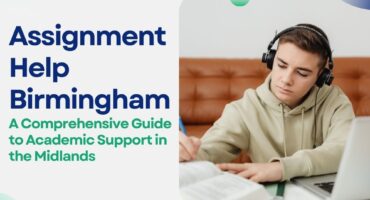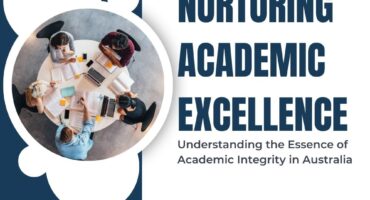
CHCECE021 Implement strategies for the inclusion of all children
Assessment Task Supporting Document
Assessment 2 :Inclusion support plan
|
Inclusion Support Plan (ISP) |
|||
|
Child: Akira Age: 2 years Date of Plan: Date of Review: |
|||
|
Developmental Strengths of the child:
Being for four months in Melbourne, Akira had difficulty in sleeping and eating. However, in the last she has tried to speak out to other children. His activities are developing and showing positive results.
Akira has started engaging with other children. She talks to them and tries to play with them. She is developing and accepting things around her with time.
|
Interests: The only thing evident from Akira’s case is that he likes to play in home corner himself and if accompanied with other children. This means he interestingly loves playing at the corner. |
||
|
Goals and timeframes for each goal:
1. The goal is to make Akira understand his own culture and promote learning of Australian culture. Every child has a visual culture which comprise of certain values, attitudes and behaviours (Englebright and Schirrmacher, 2010) Moreover, the aim is to include students and friends and teach healthy social skills (Bhouraskar, n.d). The time frame for the chosen task is 6 months. 2. Another goal is to make Akira feel normal and develop as a normal child with basic cognitive, constructivist and organisation skills. Cognitive development is seen in the early age (Englebright and Schirrmacher, 2010). It is also necessary that his learning style is developed appropriately so that he behaves like other children. The timeframe for this would be 3 months. 3. Thirdly, communication is an important aspect for any child (Battle, 2012). Being shifted to a new culture would need Akira to communicate well and understand things. Though she is too small to learn several things, however developing spoken language skills and interpersonal skills is important (Riley et al., 2004). English would be taught to him and focus would be given to let her speak, listen and develop non-verbal cues. The time frame will be 6 months for this goal. |
|||
|
Recommendation 1. Offer opportunities to Akira to extend his fine motor skills. Drawing and writing implements would be done with pasting and gluing activities. Arranging the items cognitively (Englebright and Schirrmacher, 2010). 2. Providing opportunities for Akira such that his values are accepted within the services. This would include cultural items from Japanese background (Traub et al., 2014). 3. Offering opportunities so that maximum use of English language is ensured. This would be done by letting her speak, labelling, small group activities and telegraphic speech. 4. Offer listening English opportunities when possible through stories, small group times and meal times.
|
How it will happen
1. Implementing box construction activity and focusing roadwork equipment. This would include pasting, drawing and painting activities. Also block games would be used (Englebright and Schirrmacher, 2010). 2. Family stories, music, photos, items that reflect Akira’s home, foods, special events and cooking items. Meeting other Japanese families(Traub et al., 2014). 3. This would be achieved by encouraging Akira to label objects and speak about it whatever she knows. Moreover, games like treasure box, feely boxes and dough would be used to enhance sensory experiences. Simple questions would be asked by giving non-verbal cues. Also, conversation with other children would be encouraged. 4. Several kind of stories in English would be told. Small group times conversing in English would be encouraged. Moreover, at lunch time conversation with other children would be facilitated (Traub et al., 2014). |
Who will be involved
1. Primary caregiver
2. Apart from the educator, the primary caregiver and parents would also be involved. Also other Japanese family would be considered.
3. The staff in the room and other children would help in achieving this.
4. Primary caregiver and other children would be involved. |
|
Get Assignment Help from Me









